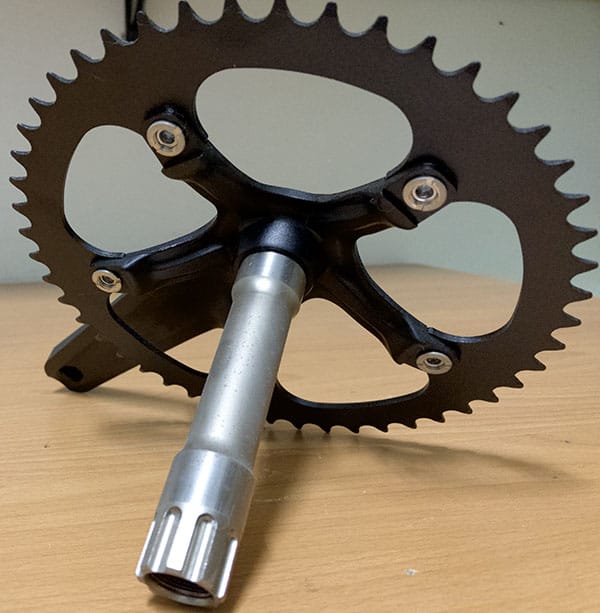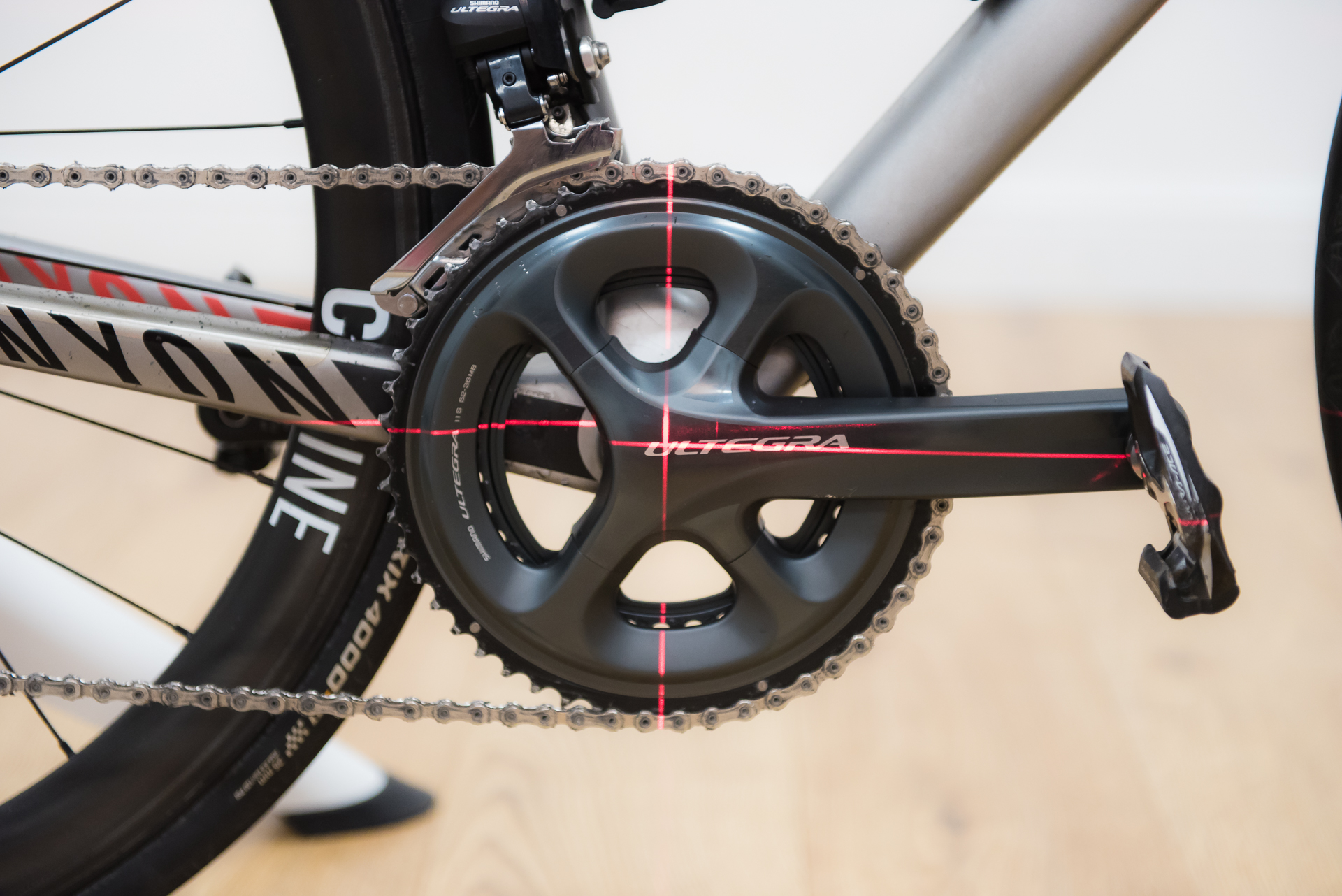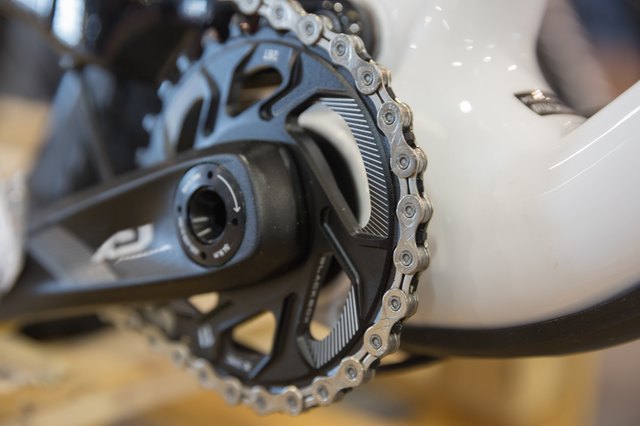What is a Crank on a Bike and Why is it Important?
A crank on a bike is a crucial component that plays a vital role in converting leg power into pedal motion. It is essentially the mechanical linkage that connects the pedals to the gears, enabling the rider to propel the bike forward. A well-functioning crank is essential for achieving optimal cycling performance, as it directly affects the efficiency of power transfer, pedaling smoothness, and overall ride quality. A high-quality crank on a bike can make a significant difference in a rider’s performance, allowing them to ride faster, farther, and with greater ease. On the other hand, a poorly functioning crank can lead to decreased performance, fatigue, and even injuries. The crank’s importance is often overlooked, but it is a critical component that deserves attention and consideration when building or upgrading a bike.
How to Choose the Perfect Crank for Your Bike
Selecting the right crank for your bike is a crucial decision that can significantly impact your cycling performance. With so many options available, it can be overwhelming to choose the perfect crank. However, by considering a few key factors, you can make an informed decision that meets your riding needs. First, consider the material of the crank. Cranks can be made from aluminum, carbon fiber, or titanium, each with its own strengths and weaknesses. Aluminum cranks are durable and affordable, while carbon fiber cranks are lightweight and stiff. Titanium cranks offer a balance between durability and weight. Next, think about the length of the crank. Crank length can affect pedaling efficiency, power output, and overall cycling performance. A longer crank can provide more power, but may also increase the risk of pedal strike. A shorter crank can improve pedaling efficiency, but may reduce power output. Finally, consider the compatibility of the crank with your bike’s components. Ensure that the crank is compatible with your bike’s bottom bracket, chainrings, and pedals. By considering these factors, you can choose a crank that meets your riding needs and helps you achieve optimal cycling performance.
Understanding Crank Length and Its Impact on Performance
Crank length is a critical factor to consider when selecting a crank on a bike. The length of the crank can significantly impact pedaling efficiency, power output, and overall cycling performance. A longer crank can provide more power and speed, but may also increase the risk of pedal strike, particularly on technical terrain. On the other hand, a shorter crank can improve pedaling efficiency and reduce the risk of pedal strike, but may also reduce power output. The ideal crank length depends on various factors, including the rider’s leg length, riding style, and the type of bike. For example, road bikes typically require longer cranks to maximize power output, while mountain bikes require shorter cranks to improve pedaling efficiency and reduce the risk of pedal strike. When choosing a crank, it’s essential to consider the pros and cons of different crank lengths and select a length that meets your specific riding needs. By doing so, you can optimize your cycling performance and achieve your goals.
The Benefits of Upgrading to a High-Performance Crank
Upgrading to a high-performance crank on a bike can have a significant impact on cycling performance. A high-performance crank is designed to optimize power transfer, pedaling efficiency, and overall cycling experience. One of the primary benefits of upgrading to a high-performance crank is increased power transfer. A high-performance crank is designed to minimize energy loss and maximize power output, allowing riders to accelerate faster and maintain speed more efficiently. Additionally, a high-performance crank can improve pedaling efficiency by reducing the energy required to pedal. This can lead to increased endurance and reduced fatigue, allowing riders to ride longer and harder. Furthermore, a high-performance crank can enhance the overall cycling experience by providing a smoother, more responsive ride. With a high-performance crank, riders can experience a more connected and efficient ride, allowing them to focus on their performance and enjoy the ride. When considering an upgrade, riders should look for cranks made from high-quality materials, such as carbon fiber or titanium, and features such as hollow axle technology and optimized chainring design. By upgrading to a high-performance crank, riders can take their cycling to the next level and achieve their performance goals.
Top Crank Brands for Road and Mountain Bikes
When it comes to selecting a crank on a bike, choosing a reputable brand is crucial. Top crank brands for road and mountain bikes offer high-quality products that provide optimal performance, durability, and reliability. Shimano, SRAM, and Campagnolo are three of the most popular crank brands in the cycling industry. Shimano is known for its high-performance cranks, offering a range of models suitable for both road and mountain bikes. Their cranks are renowned for their durability, stiffness, and precision shifting. SRAM, on the other hand, is popular for its innovative designs, such as its hollow axle technology, which provides increased stiffness and reduced weight. Campagnolo, an Italian brand, is famous for its high-end road bike cranks, offering a range of models that cater to different riding styles and preferences. When selecting a crank brand, riders should consider factors such as compatibility with their bike’s components, material quality, and features such as chainring design and axle technology. By choosing a top crank brand, riders can ensure optimal performance, reliability, and durability. Additionally, many top crank brands offer a range of models at different price points, making it easier for riders to find a crank that meets their budget and performance needs.
Common Crank-Related Issues and How to Troubleshoot Them
Despite their importance, cranks on a bike can be prone to issues that affect performance and overall cycling experience. Common problems associated with cranks include creaking, clicking, or loose connections. These issues can be frustrating and detract from the enjoyment of cycling. Fortunately, most crank-related problems can be easily troubleshooted and resolved. For instance, creaking sounds can often be attributed to loose bolts or worn-out bearings. To resolve this issue, riders should check the torque settings of the crank bolts and ensure they are properly tightened. Additionally, regular cleaning and lubrication of the bearings can help reduce creaking sounds. Clicking sounds, on the other hand, may be caused by misaligned chainrings or worn-out chainring teeth. To troubleshoot this issue, riders should check the chainring alignment and adjust it accordingly. Worn-out chainring teeth can be replaced to resolve the issue. Loose connections can be resolved by checking the crank’s axle and ensuring it is properly secured to the frame. By identifying and resolving common crank-related issues, riders can ensure optimal performance and enjoy a smooth, efficient ride. Regular maintenance and inspections can also help prevent these issues from arising in the first place. By taking proactive steps to troubleshoot and resolve crank-related problems, riders can optimize their cycling performance and enjoy a more enjoyable ride.
Proper Crank Installation and Maintenance for Optimal Performance
Installing and maintaining a crank on a bike is crucial for optimal performance and longevity. A well-installed crank ensures efficient power transfer, smooth pedaling, and reduced wear and tear on the components. To install a crank, riders should follow the manufacturer’s instructions and take note of the recommended torque settings for the crank bolts. It is essential to tighten the bolts in a star pattern to avoid damaging the crank or frame. After installation, regular maintenance is necessary to keep the crank running smoothly. This includes lubricating the bearings and chainrings, as well as checking the torque settings regularly. Riders should also inspect the crank for signs of wear, such as worn-out bearings or chainring teeth, and replace them as needed. Additionally, cleaning the crank regularly can help prevent dirt and grime from accumulating and affecting performance. By following these steps, riders can ensure their crank on a bike is properly installed and maintained, leading to optimal performance and a more enjoyable ride. Regular inspections and maintenance can also help prevent common crank-related issues, such as creaking or loose connections, and extend the lifespan of the crank. By taking the time to properly install and maintain their crank, riders can unlock their full cycling potential and enjoy a more efficient, smooth, and enjoyable ride.
Conclusion: Unlocking Your Cycling Potential with the Right Crank
In conclusion, a crank on a bike plays a vital role in converting leg power into pedal motion, making it a crucial component for optimal cycling performance. By choosing the right crank for your bike, riders can unlock their full cycling potential, achieving improved pedaling efficiency, increased power output, and a more enjoyable ride. Whether you’re a professional cyclist or a recreational rider, a well-functioning crank is essential for taking your cycling to the next level. By considering factors such as material, length, and compatibility, riders can select the perfect crank for their bike. Additionally, regular maintenance and inspections can help prevent common crank-related issues and ensure optimal performance. With the right crank on a bike, riders can experience the thrill of cycling like never before, pushing their limits and achieving new heights. So, take the time to invest in a high-quality crank, and discover the difference it can make in your cycling performance.







